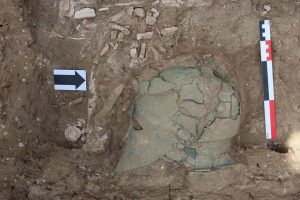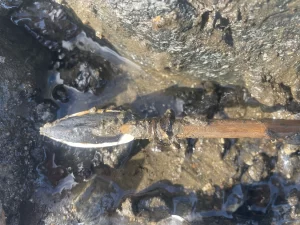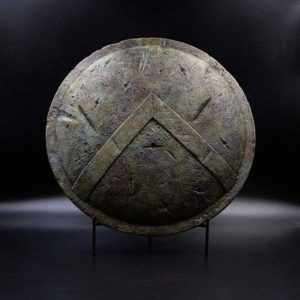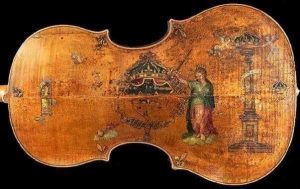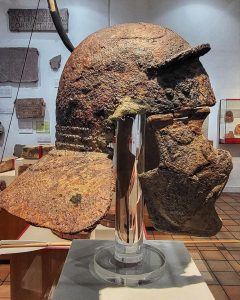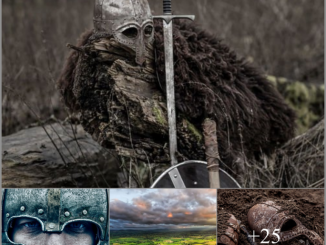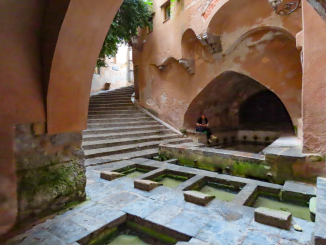In 2004, archaeologists discovered a hoard of ritually destroyed weapons — a dozen swords, scabbards, spearheads, a shield, bronze helmets, an iron helmet shaped like a swan — a cauldron, animal remains and seven carnyces. Before then, the remains of only five examples of the Celtic man-sized wind musical instrument that was widely used as ceremonial and highly intimidating war trumpets in the two centuries before and after Christ were known to survive.One of the seven found at Tintignac, on the other hand, was almost entirely complete. The Tintignac Carnyx was broken into 40 pieces. When puzzled back together, it was found to be just an inch short of six feet long with a single missing section of the tube. The bell was a boar’s head with protruding tusks and large pointed ears. Once restored, the Tintignac Carnyx proved to be the first virtually complete carnyx ever found.

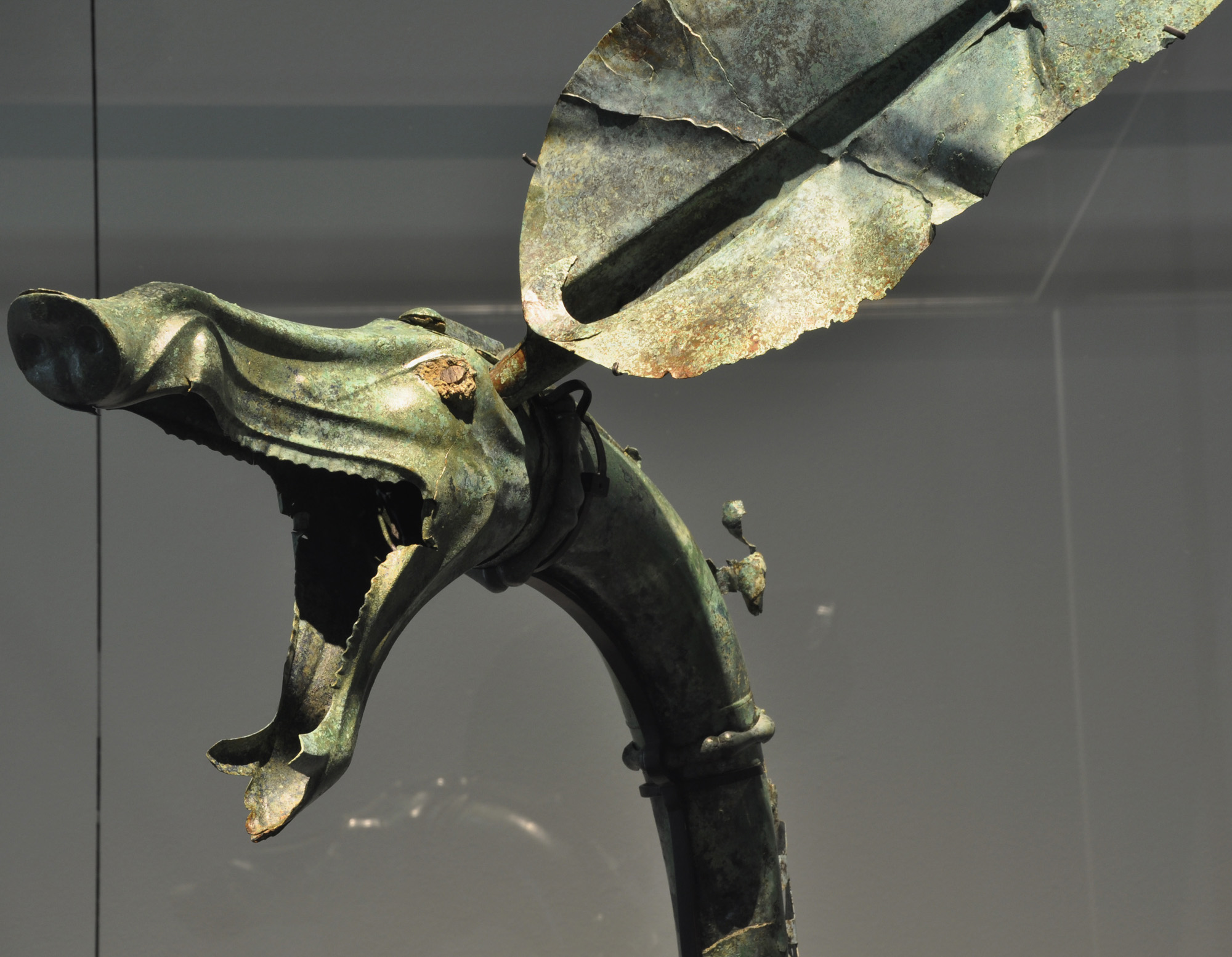
The Greek historian Polybius (206-126BC) was so impressed by the clamour of the Gallic army and the sound of the carnyx, he observed that, “there were countless trumpeters and horn blowers and since the whole army was shouting its war cries at the same time there was such a confused sound that the noise seemed to come not only from the trumpeters and the soldiers but also from the countryside which was joining in the echo”.
